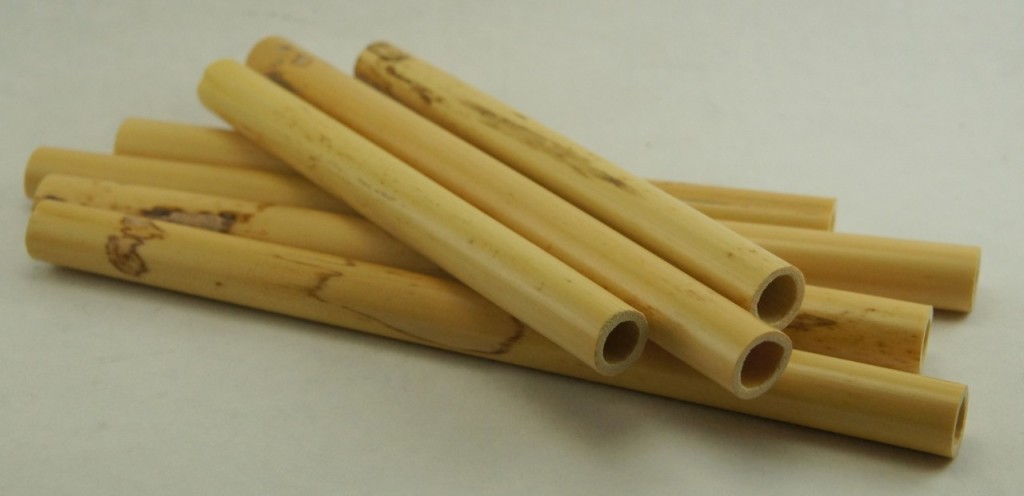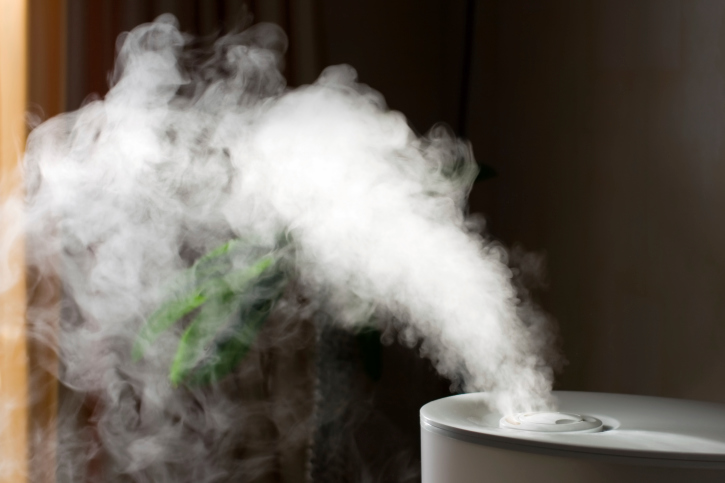Tip from head repair technician, Eric Anderson
Summer is that time of year when humidity increases and the wood body of instruments begins to expand. This happens along the width and length of the wood grain affecting both the fit of keys, levers, and tenons. When the wood expands in the summer months, woodwind instruments often don't fit together without a struggle, if they even fit together at all! We find that this issue is most prevalent during the first year of a new instrument's life, and especially prevalent in newer clarinets.
If this happens with your instrument to the point where abnormal force is required to take it apart, it's best to have an experienced repair technician take care of it. A technician will be able to adjust the fit of the tenon cork, the exposed wood on the tenon, or sometimes both. Ignoring the problem and blowing warm, humid air down your instrument will only make it worse!
The humidity will also make keys fit looser, but don't worry! We never fit keys too tightly in the summertime because they will most likely expand in the fall/winter and potentially bind once the humidity drops. Loose key fittings won't harm your instrument, they only cause them to be slightly noisier. If you can live with the loose key fitting in the summer, great! It should return to normal in the fall/winter. If it is an issue for you, we can certainly fix it, and if we do, don't forget to come back to get the fit readjusted after the humidity changes.
If you ever experience issues with your instrument and don't know what to do, remember we are only a phone call away and are happy to help!!

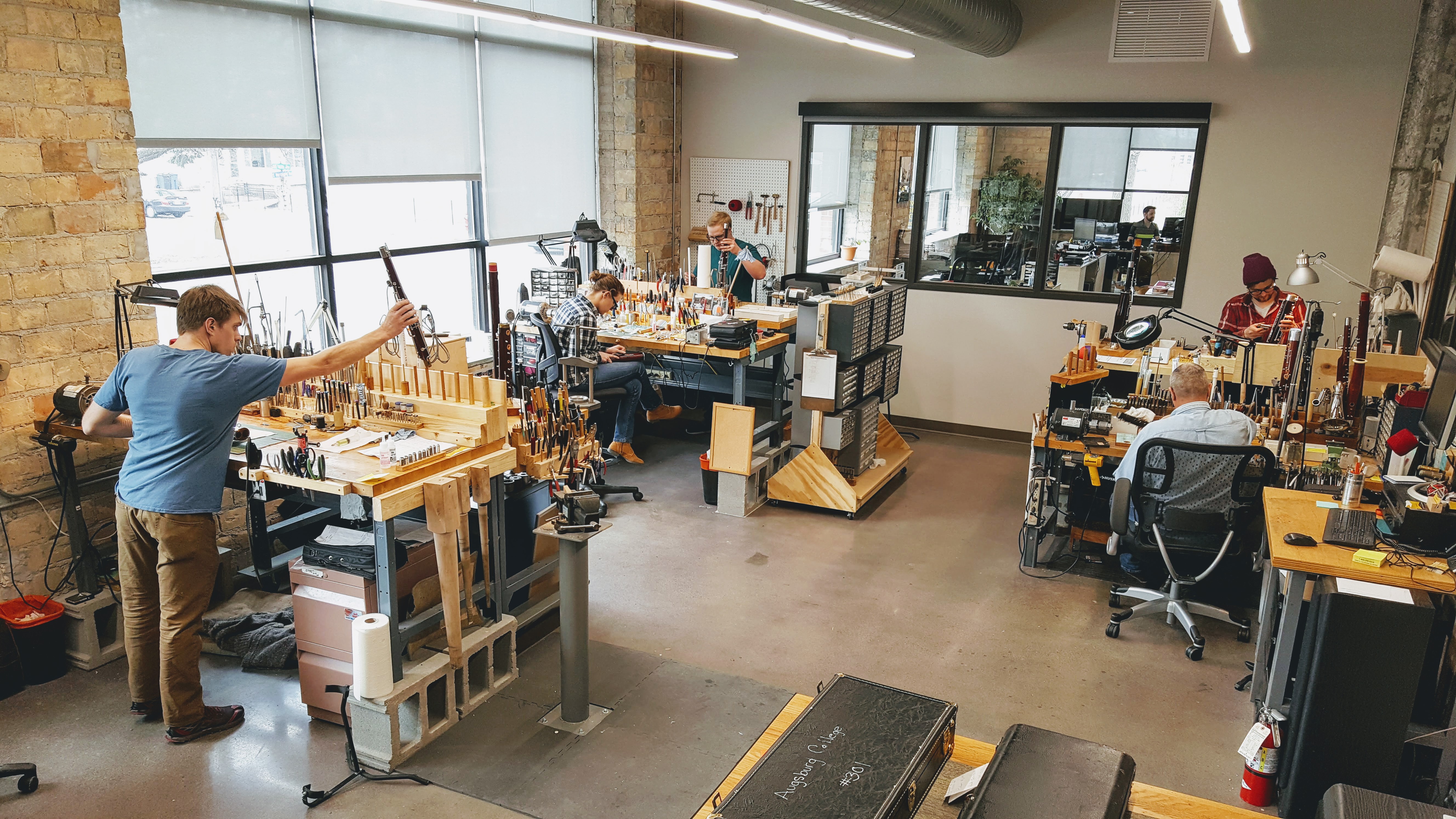 Our repair staff working hard in the new repair shop!
Our repair staff working hard in the new repair shop!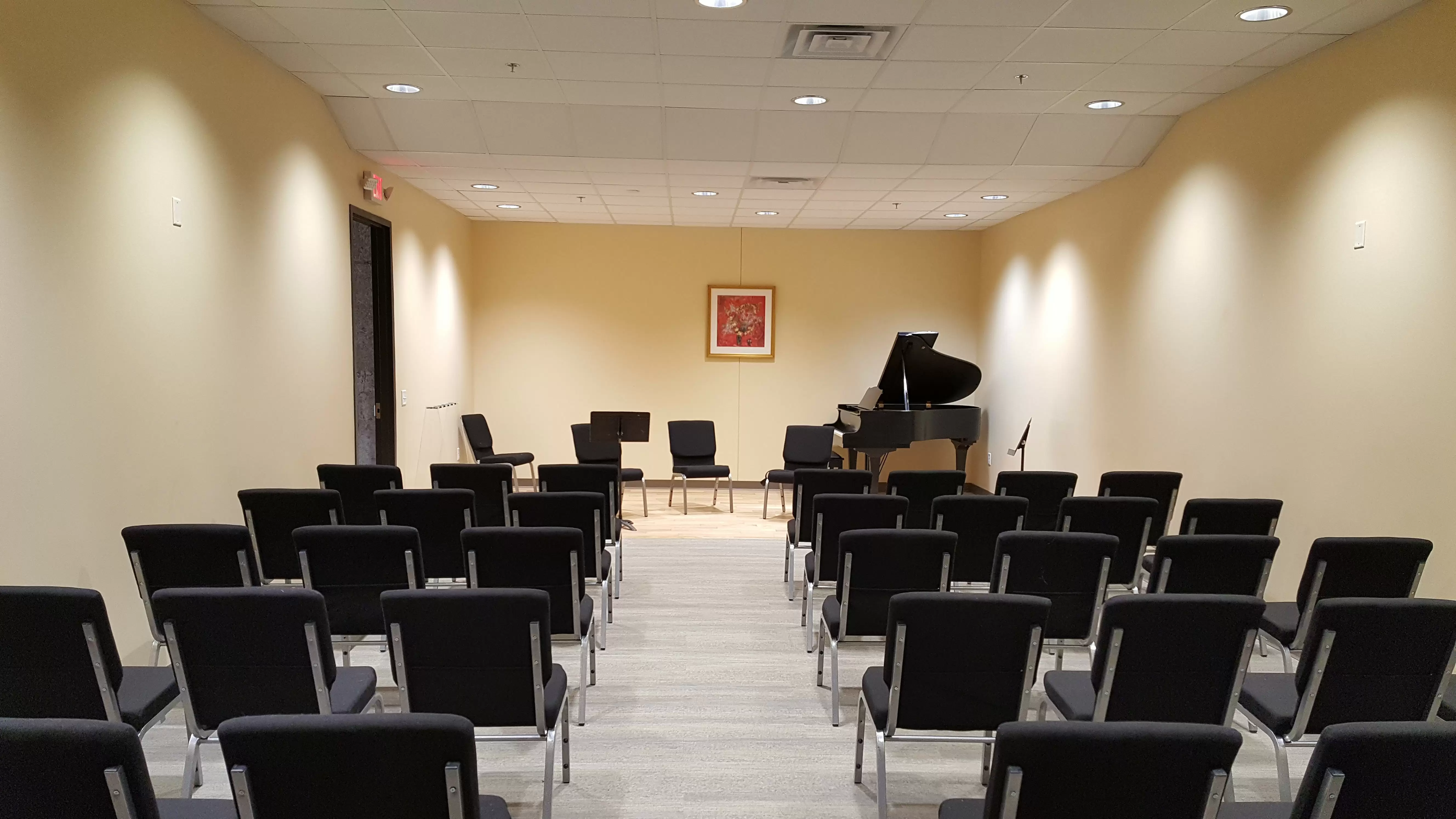 Our new recital hall with seating capacity of 60!
Our new recital hall with seating capacity of 60!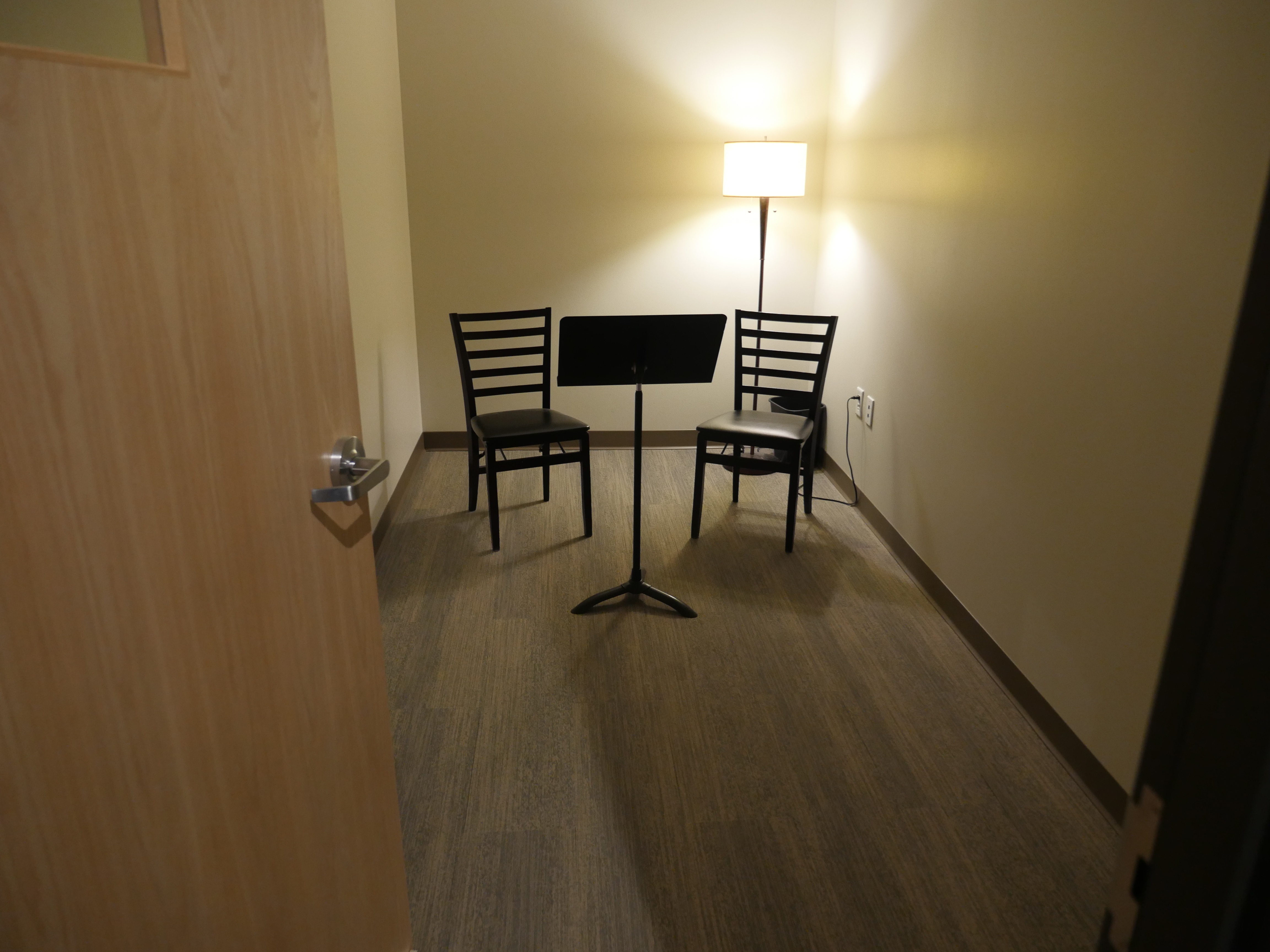 One of our new teaching/practice studios!
One of our new teaching/practice studios!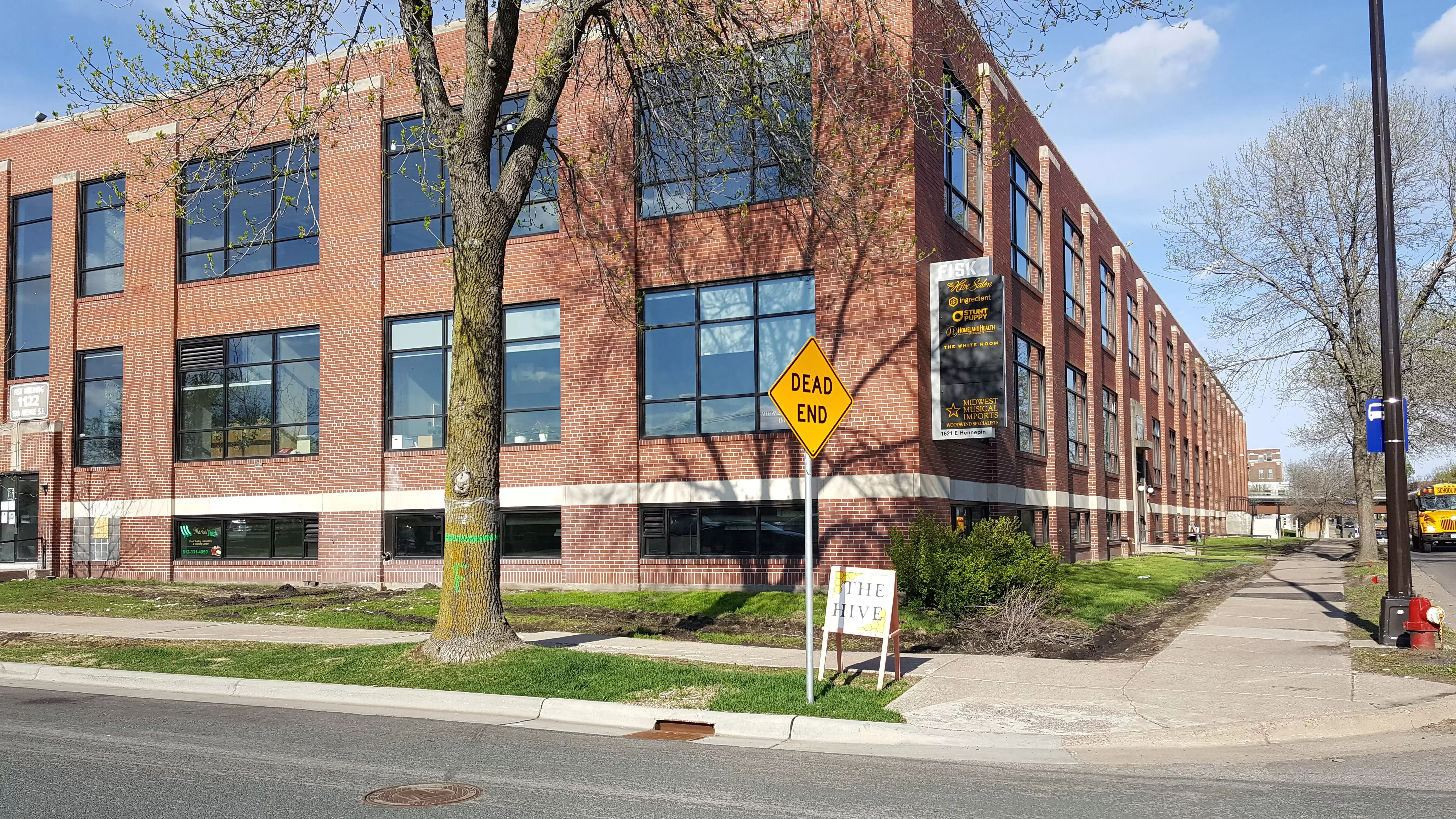 A street view of our new space.
A street view of our new space.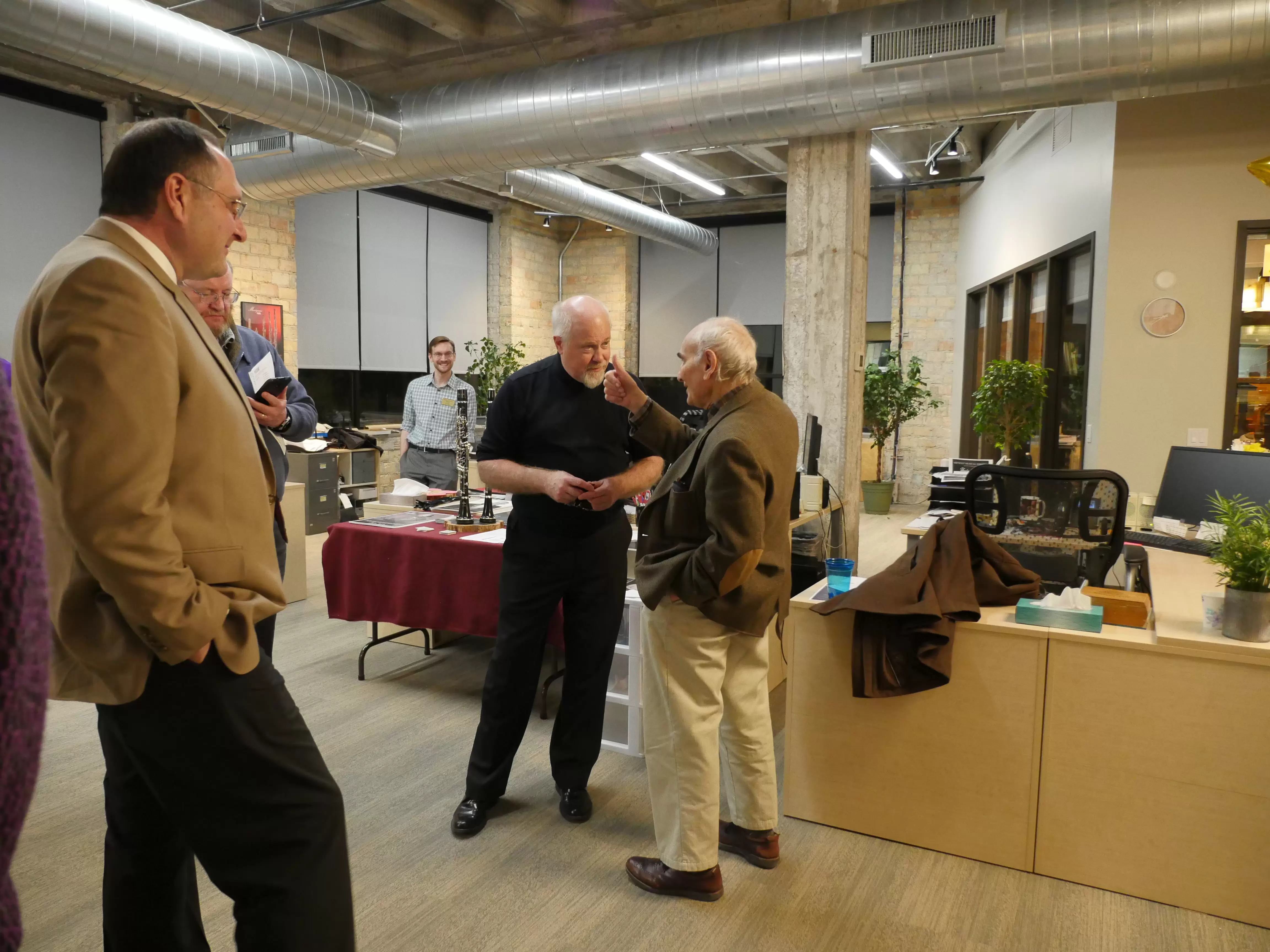 Owner and founder, Mike Aamoth gets a thumbs up after the Friday night reception from long-time customer, David Braslau.
Owner and founder, Mike Aamoth gets a thumbs up after the Friday night reception from long-time customer, David Braslau.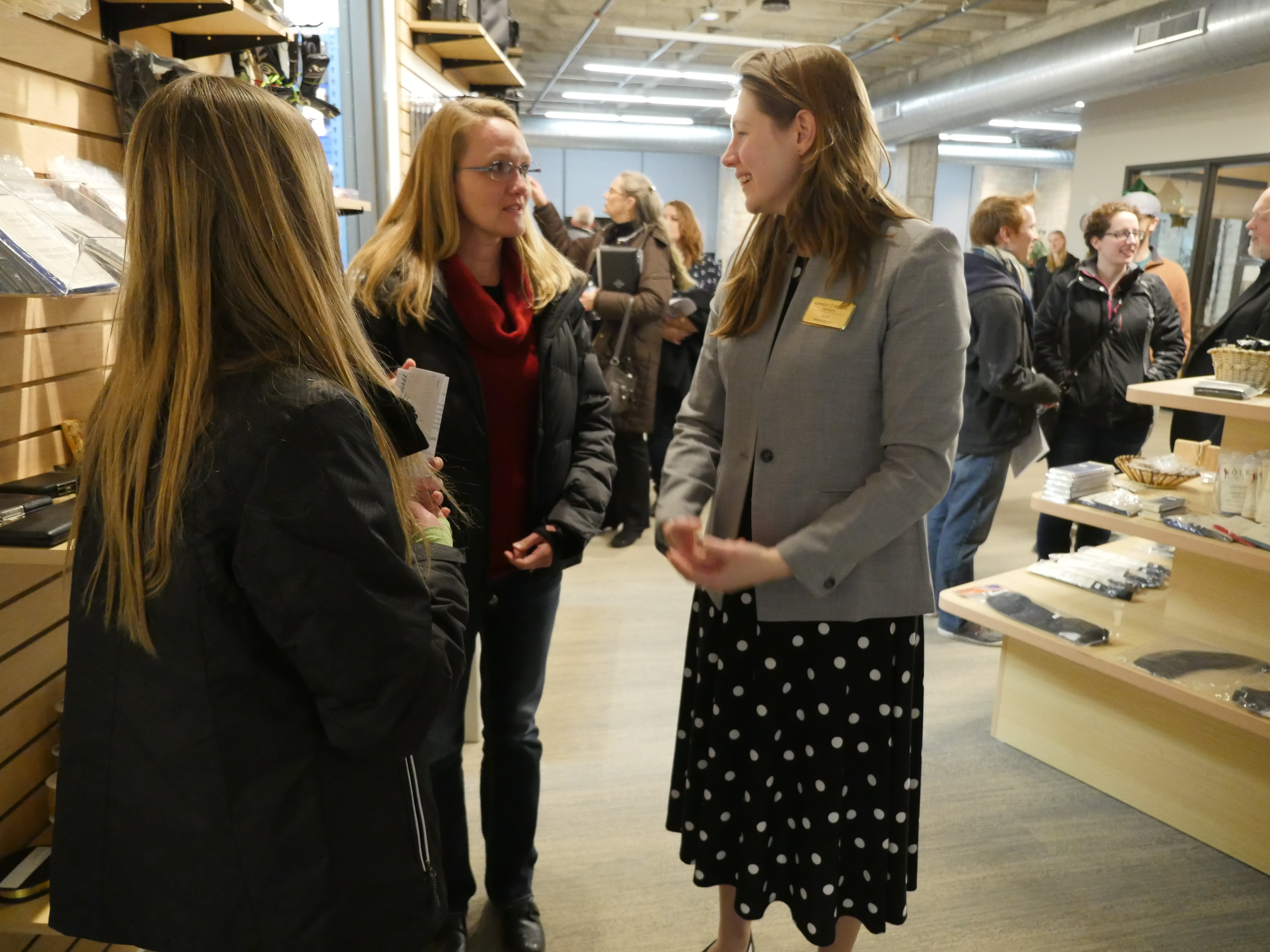 Katie with customers at the Friday night reception.
Katie with customers at the Friday night reception. Friday night reception.
Friday night reception.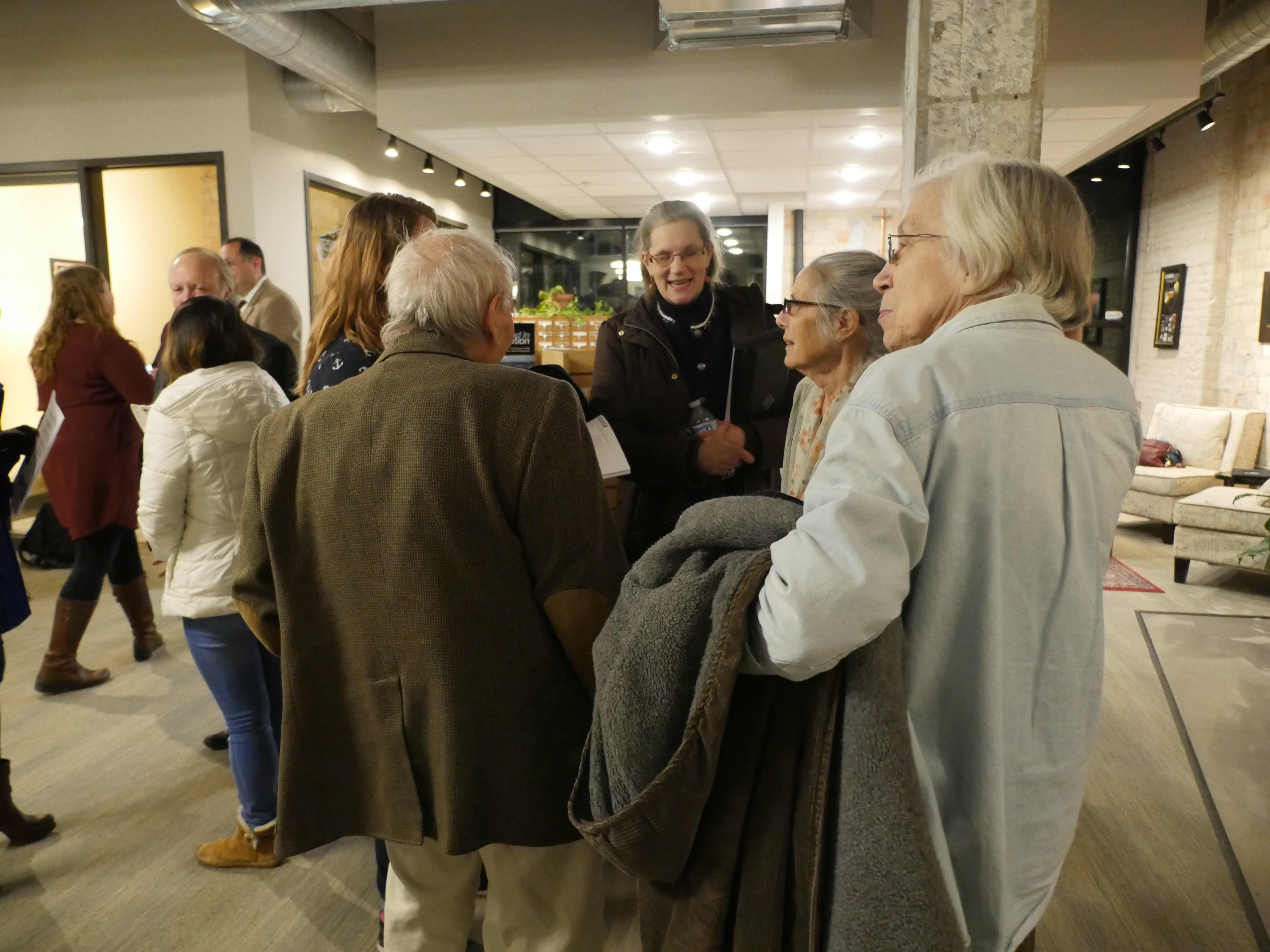 Friday night reception.
Friday night reception. Friday night reception.
Friday night reception.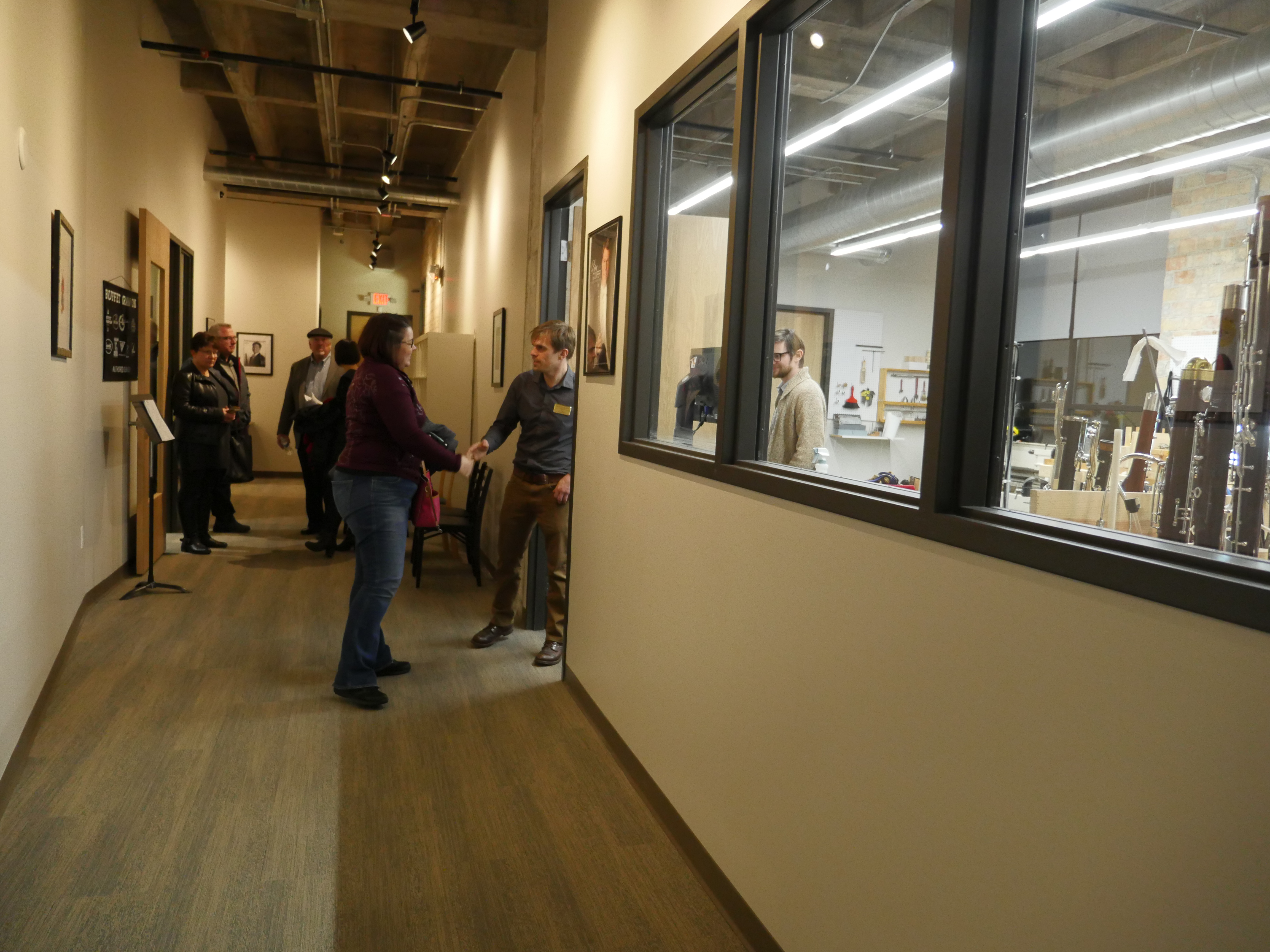 Eric thanks a customer after work in the repair shop.
Eric thanks a customer after work in the repair shop.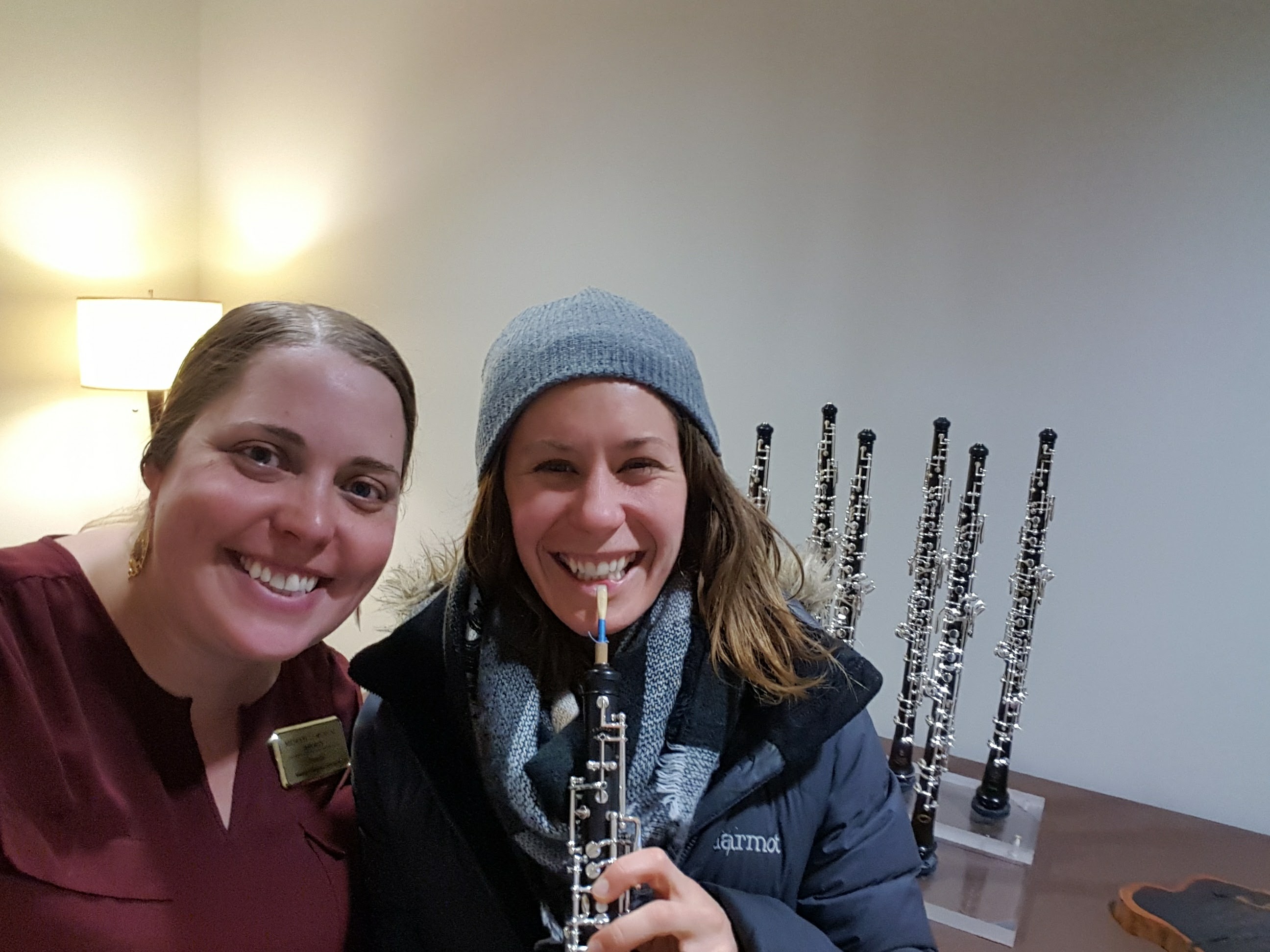 Our first customer during the celebration on Friday!! Jessica with her friend and oboist, Siri Garnaas
Our first customer during the celebration on Friday!! Jessica with her friend and oboist, Siri Garnaas Friday was repair technician, Matt Reich's birthday! We surprised him with a cake.
Friday was repair technician, Matt Reich's birthday! We surprised him with a cake.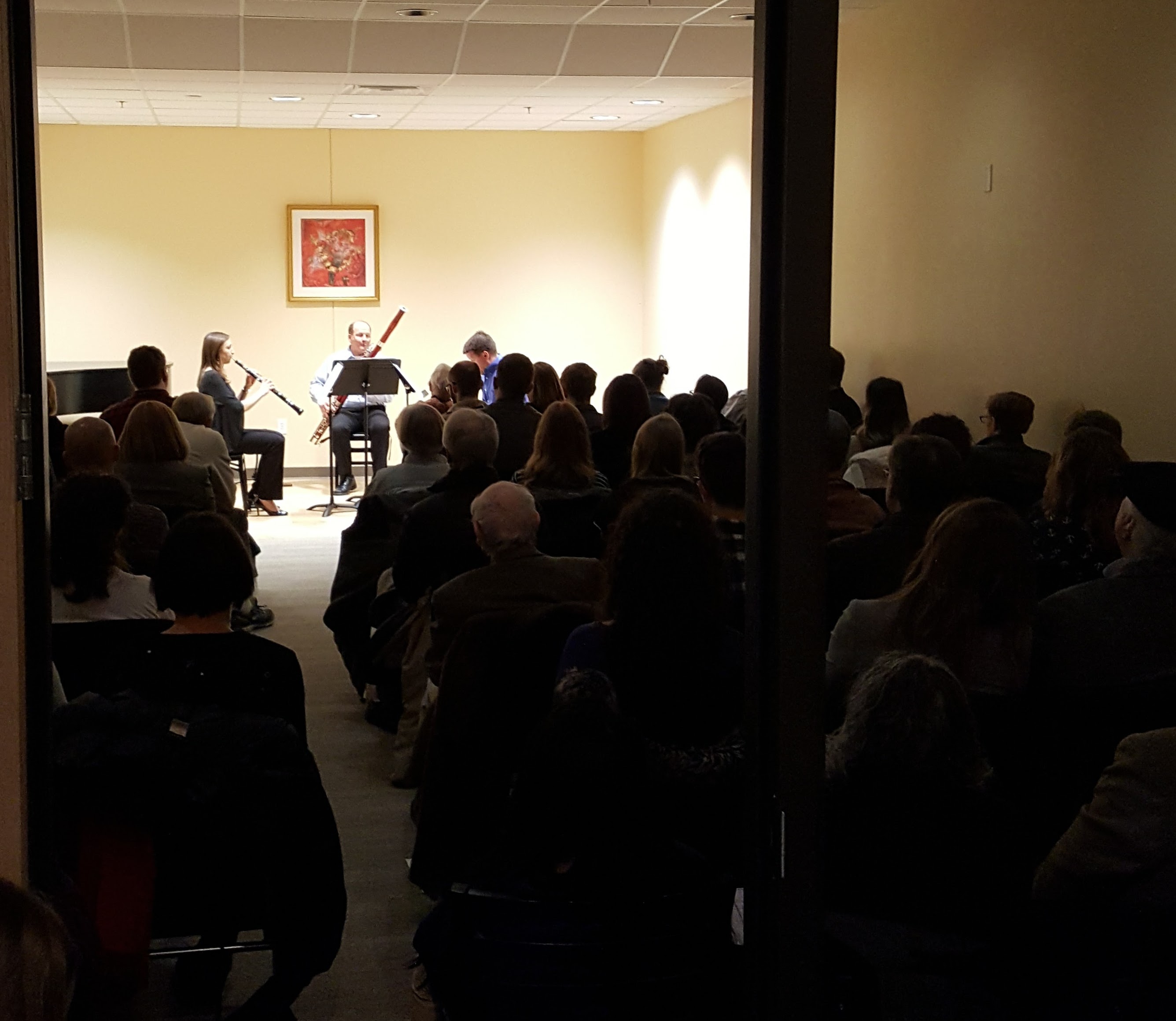 Julie Gramolini William, Chris Marshall, and Greg Williams, of the MN Orchestra during their trio performance
Julie Gramolini William, Chris Marshall, and Greg Williams, of the MN Orchestra during their trio performance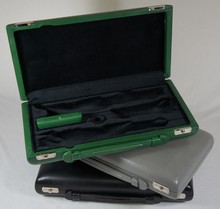 As many players know, our instruments travel just as much as we do. Our instruments spend quite a bit of time being removed from and placed into their cases. If you're investing in your instrument, be sure to invest in an instrument case that cares for your woodwind too.
As many players know, our instruments travel just as much as we do. Our instruments spend quite a bit of time being removed from and placed into their cases. If you're investing in your instrument, be sure to invest in an instrument case that cares for your woodwind too.

